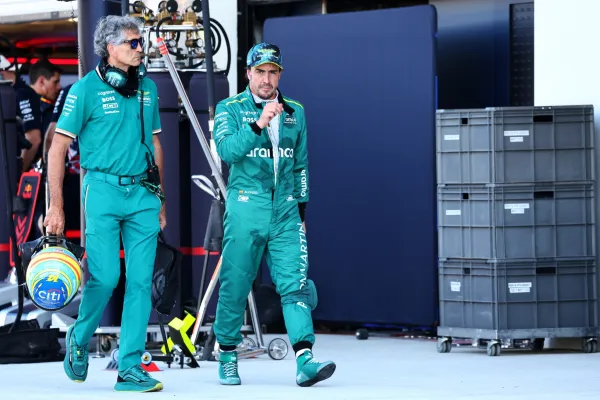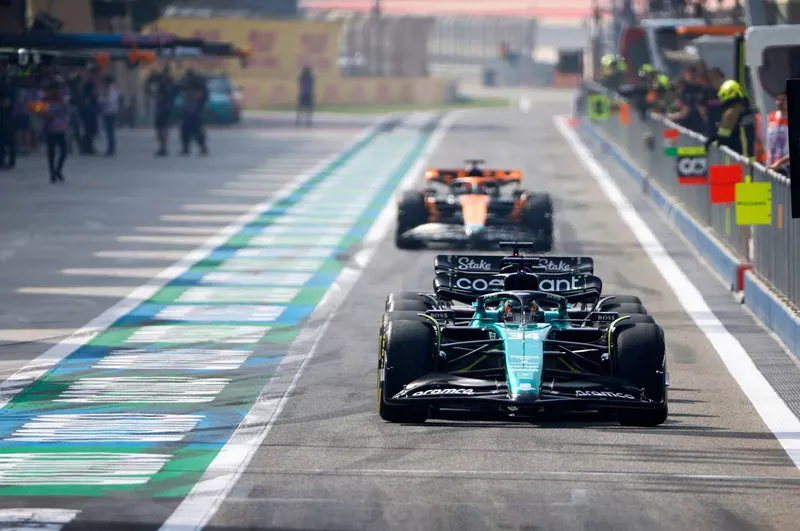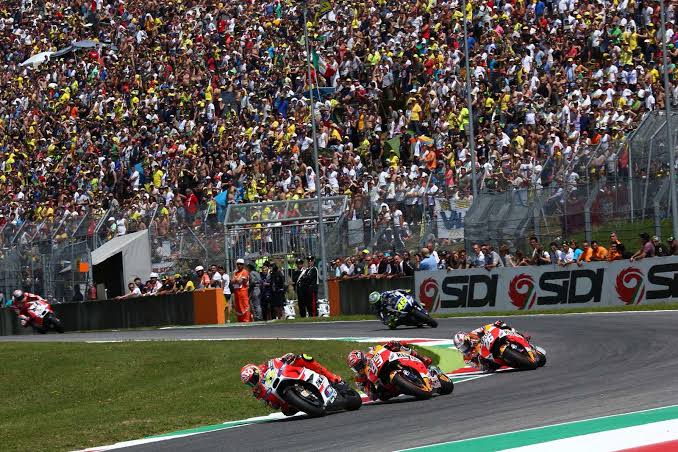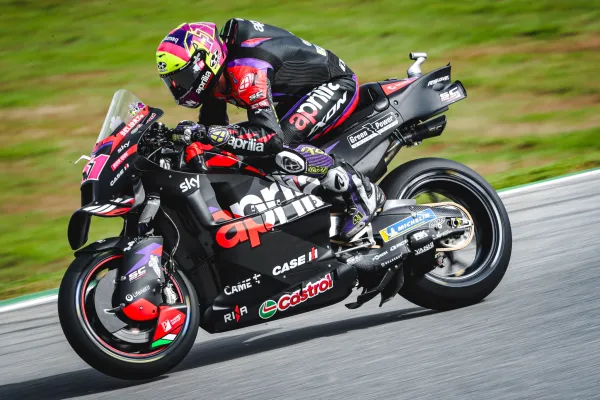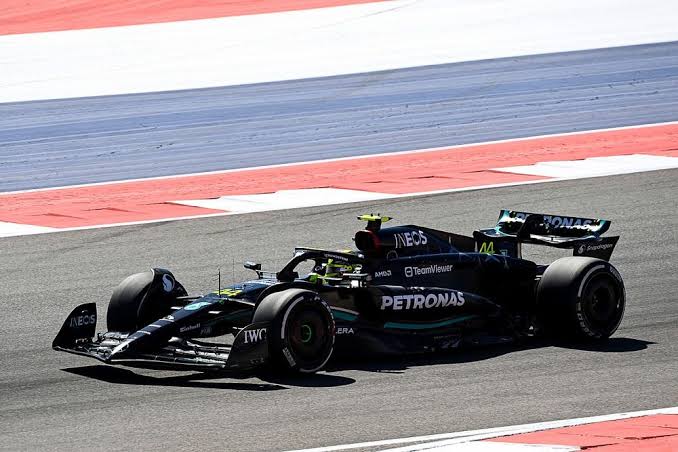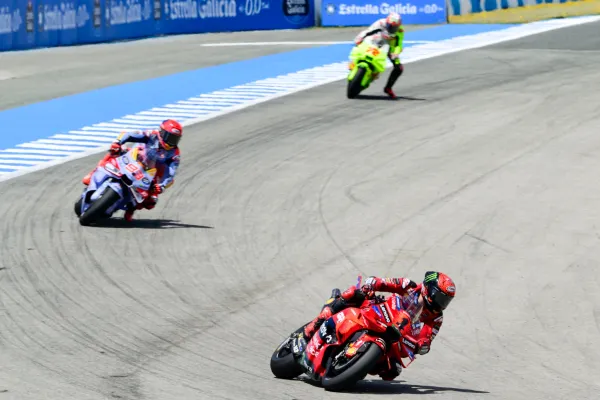The 1997 Japanese Grand Prix Ban Controversy
The 1997 Japanese Grand Prix, which took place on October 12, 1997, at the Suzuka Circuit, was a turning point in the history of Formula One. It was the second-to-last race of the championship and staged a thrilling championship battle finale. The race, however, is not only recalled for its action on the track but also for a decision that would have long-term effects on the championship duel.
The Prelude to Suzuka
When the Formula One circus reached Japan, the championship was delicately balanced. Jacques Villeneuve at Williams-Renault was engaged in a fierce struggle with Michael Schumacher at Ferrari for the drivers’ championship. The Canadian had reached Suzuka with a narrow margin in the points table, requiring only one point to become champion.
The setting was in place for an exciting weekend, with both drivers aware that a good showing would be pivotal in deciding the championship. But things off the track would first take over from the on-track action.
The Qualifying Session
The Japanese Grand Prix qualifying session was a nail-biting experience. Villeneuve won the pole, edging Schumacher in a close contest for the front of the grid. This placed the Williams driver in a perfect position to claim the championship.
But as the dust was settling on qualifying, word started to filter through that would send the whole race weekend into disarray.
The Yellow Flag Incident
During a practice session for the race, Villeneuve was accused of ignoring waved yellow flags on two consecutive laps. Yellow flags in Formula One are a warning for drivers to slow down because there is danger on the track, and ignoring them is a serious safety infraction.
This incident would not have been as critical if it were not for Villeneuve’s prior transgressions. The Canadian had also been party to similar incidents in the past in the season, which had earned him a suspended ban. This suspended ban was activated by the Suzuka incident, and it saw Villeneuve disqualified from the whole race weekend.
The First Decision and Appeal
The news of Villeneuve’s disqualification sent shockwaves through the paddock. It meant that the championship leader would start from the back of the grid, potentially handing a significant advantage to Schumacher in the title race.
Williams, understandably, immediately appealed the decision. In a move that would prove controversial, the FIA allowed Villeneuve to race pending the outcome of the appeal. This decision raised eyebrows, as it created a scenario where Villeneuve could potentially influence the championship outcome and then later be stripped of any points earned.
The Race
Despite the scandal, the race proceeded with Villeneuve from pole position. The Canadian produced a cautious race, finishing in fifth position and earning two championship points. In the meantime, Schumacher won the race, claiming the lead of the championship standings.
The podium ceremony was a somber one, with the uncertainty regarding Villeneuve’s position hanging over the event. The championship fight was now hanging in the balance going into the last race of the season.
The Aftermath
Pressure was put on Williams and Villeneuve in the days after the race. FIA President Max Mosley urged the team to withdraw their appeal. After a while, nine days after the race, Williams actually withdrew their appeal.
This ruling had considerable consequences for the championship. Villeneuve forfeited the two points he had picked up in Japan, and hence he now fell behind Schumacher by one point going into the last race of the year at Jerez.
The Controversy
The treatment of the Villeneuve incident created a lot of controversy in the Formula One world. A number of things about the event were highly contentious:
Consistency of Punishment: It was wondered by some why Villeneuve was punished so harshly when other drivers had committed the same misdemeanors. Johnny Herbert, Rubens Barrichello, Ukyo Katayama, and even Schumacher himself had all not been slowing for yellow flags at some stage during the season.
The Appeal Process: The decision to allow Villeneuve to race under appeal was criticized by many. It created a potentially farcical situation where a driver could influence the championship and then later be disqualified.
Political Motivations: There were reports at the time that the exclusion of Villeneuve may have been politically motivated, perhaps in relation to current Concorde Agreement negotiations.
Safety Issues: Others maintained that the heavy sanction was deserved based on the critical need to abide by yellow flags in terms of safety. Villeneuve’s continual violations over the course of the season were perceived as an unsafe habit of action.
The Wider Context
The Villeneuve incident at Suzuka was not an isolated event but part of a larger pattern of controversy that had dogged the 1997 season. Both Villeneuve and Schumacher had been involved in various incidents throughout the year, leading to a tense and often acrimonious championship battle11.
The scandal also served to highlight the problems of Formula One’s governance. The lack of consistency in the enforcement of rules and the seemingly political nature of certain choices were issues of frustration for most teams and viewers10.
The Effect on the Championship
The Japanese Grand Prix disqualification had a considerable effect on the title fight. Rather than possibly sealing the championship in Japan, Villeneuve now trailed Schumacher going into the final race.
This laid the foundation for a dramatic confrontation at the European Grand Prix in Jerez. In a contentious incident, Schumacher and Villeneuve collided while fighting for the lead. Schumacher retired immediately, while Villeneuve completed the race and won the championship.
Legacy of the Controversy
The 1997 Japanese Grand Prix ban row is a lasting chapter in the history of Formula One. It serves as a fine example of the intertwined politics, rule administration, and on-track activity of the sport.
The event called for increased consistency in rule and penalty application in Formula One. It also underscored the requirement for a clearer and more equitable appeals process.
For Villeneuve, the controversy added another layer of drama to his eventual championship victory. The adversity he faced in Japan made his triumph in Jerez all the more remarkable.
Conclusion
The 1997 Japanese Grand Prix ban controversy was a watershed moment in one of the most dramatic Formula One championship fights. It revealed the high stakes and intense pressure of elite motorsport, where decisions made and undone in the blink of an eye on and off the circuit can have far-reaching implications.
While the controversy initially threatened to overshadow Villeneuve’s championship campaign, his eventual triumph in the face of adversity has become part of Formula One lore. The incident serves as a reminder of the complex nature of Formula One, where sporting excellence, rule enforcement, and political maneuvering often intersect in unexpected ways.
As the sport of Formula One continues to grow, the Suzuka 1997 events serve as a reminder of the necessity of having clear rules, their consistent application, and open governance in preserving the integrity and thrill of the sport.





